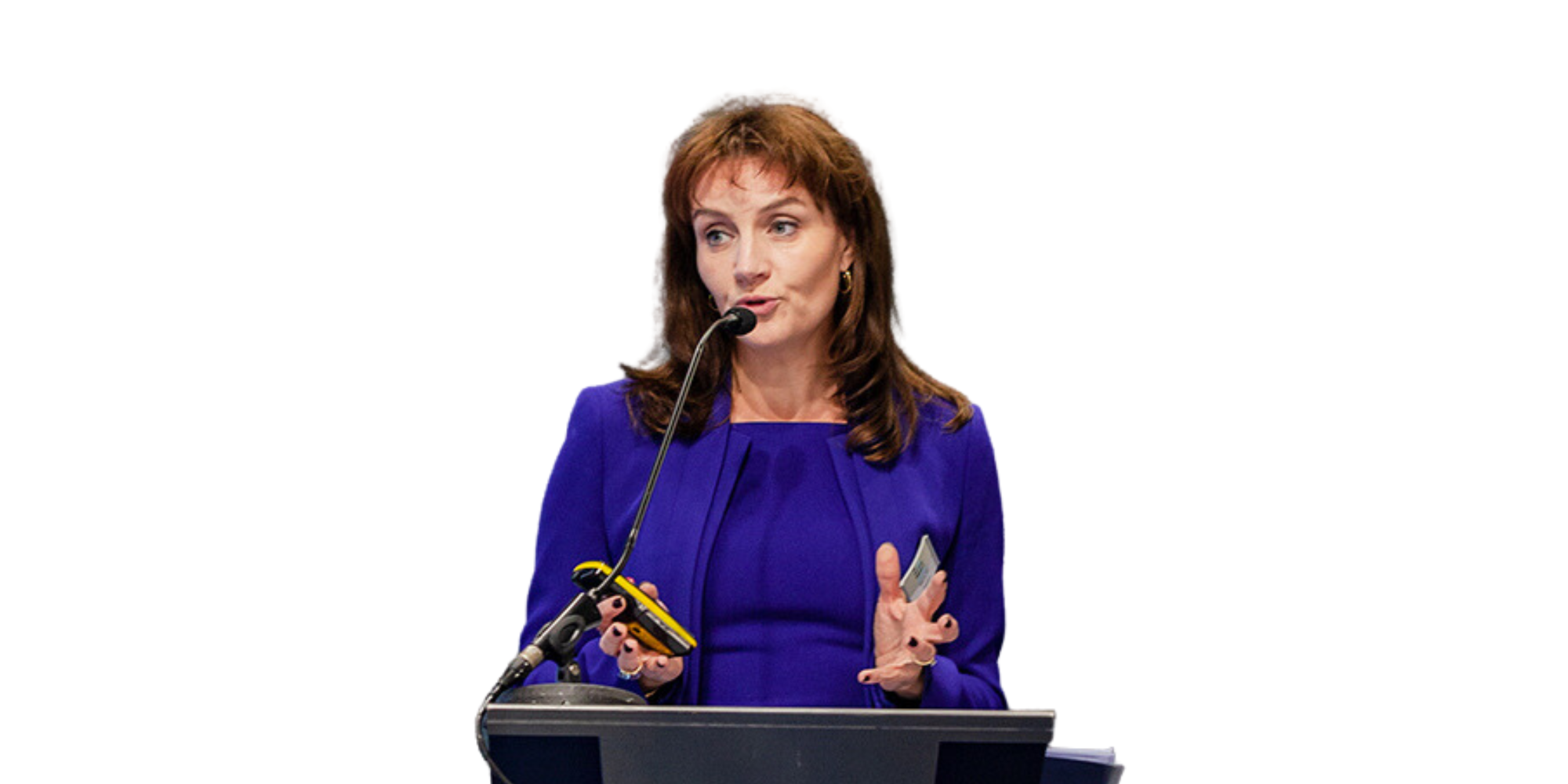
An interview with Marina Bill, President of the International Federation of Robots (IFR).
Ms. Bill, could you please give us a brief update on the robotics sector?
What is the demand for robotics in Europe and the USA and what is the situation in Asia?
Things are looking very good for the robotics industry, both in Europe and worldwide. In 2022, over half a million new robots were installed. That is 5 percent more than in 2021. Asia accounts for the lion’s share with 73% of demand, followed by Europe with 15% and the Americas with 10%. China alone accounts for 52 percent of global demand. This makes it clear where automation is progressing fastest. In the USA, the number of installations rose by 10 percent in 2022 compared to the previous year, which is due to investments in the automotive sector.
Around 71,000 new robots were installed in Europe in 2022. Germany accounted for 36% of this – a slight decrease compared to 2021; Italy followed with 16%, an increase of 8% compared to 2021. 2023 is also likely to be positive. We expect demand to increase by 7 percent to around 590,000 units – a trend that is likely to continue in 2024, meaning that we can then expect sales of more than 600,000 machines.
What are the most important trends in robotics? What is the state of the art and what will the near future bring?
User-friendliness, digitalization and sustainability are undoubtedly the three most important trends in the robot segment – today and in the near future. User-friendliness should enable the robots to be used, controlled and set up by all operators, including the less experienced.
The second trend, digitalization, is essential today. Robots are part of a networked digital system that includes cloud computing, big data, 5G and AI and offers advantages in terms of cost, speed and range of applications.
The sustainability lies in the fact that robots contribute significantly to the competitiveness of users and, in particular, to the optimization of material and energy costs.
What about the use of AI and robots in the manufacturing industry? What is the state of the art here, and what will the near future bring?
Artificial intelligence is an essential element of the aforementioned networked digital system, and AI solutions are valuable tools for getting the most out of the use of robots in factories. The declining population, the shortage of skilled workers and the possibility of unforeseeable events such as pandemics or wars make these technologies indispensable.
Robotics and AI are increasingly going hand in hand, as they enable the necessary return of production to traditional industrialized countries without too many cost disadvantages, but also the development of business models in small and medium-sized companies. Thanks to AI, these companies can follow their digital development path faster and in a more targeted manner. To facilitate this “leap into innovation”, IFR has just launched the “Go4Robotics” project, a digital platform for newcomers with little knowledge or experience that provides support, guidelines and help for understanding and making the most of the latest solutions in these areas.
IFR will hold its meeting as part of RobotHeart at the 34th Bi-Mu (October 9-12, 2024 in Milan). Why did you choose RobotHeart?
We chose Italy because the country is playing an increasingly important role in the industrial robotics market, because it is committed to education, training and R&D and because there are many start-ups in Italy that focus on robot support. One particular reason was that we were able to organize our meeting at “RobotHeart – the art of smart robotics”, i.e. in the area specifically dedicated to robotics. RobotHeart is organized by Bi-Mu in Fieramilano Rho because it is the leading event for the manufacturing industry in Italy. With our presence, we want to highlight the importance of Italy in this sector and thus recognize its growth and innovative contribution. Incidentally, the meeting is taking place towards the end of my term as IFR President, so it will be even more valuable and meaningful for me.
As you attended the first RobotHeart 2022 in October, could you describe your impressions of that event?
I was really impressed by the event. A large number of visitors, an extremely positive atmosphere with a lot of exchange, participation and interest. The event was the ideal place for meetings, an intensive exchange of opinions, the recognition of synergies and high-quality insights into the world of the manufacturing industry. It was a very positive experience for us, which convinced us to take part again in 2024.
As President of the IFR and as a representative of one of the most important exhibiting companies, what do you expect from the next edition of RobotHeart? Do you have any suggestions or tips?
Today, the robotics sector is a broad and diverse system comprising a large number of players active in a wide range of disciplines. Bi-Mu’s RobotHeart demonstrated this perfectly in 2022 by hosting manufacturers, system integrators, research institutions, universities and visitors from various fields in an atmosphere of comprehensive exchange.
My advice is therefore to further strengthen this aspect, which makes RobotHeart a unique event. RobotHeart can and must be a “co-creation event”, the result of a constant dialog and discussion among the participants, a place for the exchange of ideas and the presentation of technological innovations, a balanced mix of exhibition and cultural insight. After all, this is the fundamental basis for the development of further innovations in the world of robotics.
[Translated with www.DeepL.com/Translator (free version) – edited]
Web:
www.ucimu.it



